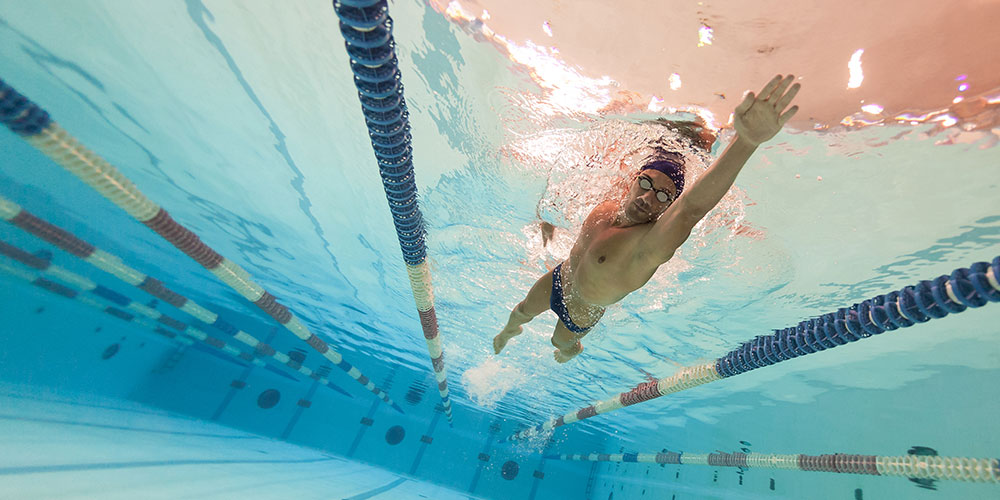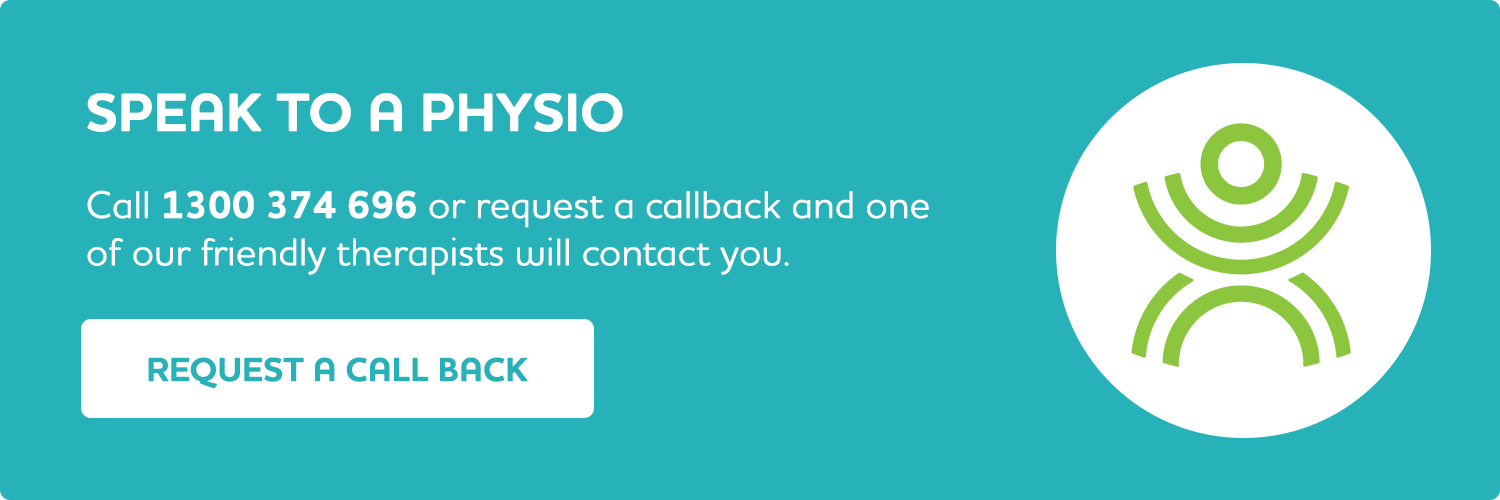The shoulder joint is made up of 3 bones – the humerus (upper arm), scapula (shoulder blade) and clavicle (collar bone). A group of muscles, called the rotator cuff, surround the shoulder and assist in stabilising the joint. There is a lubricating sac called a bursa between the rotator cuff and the bony ridge on your scapula which sits across the top of your shoulder (called the acromion). The bursa allows the rotator cuff tendons to glide freely when you move your arm.
The shoulder is unique in that it is an extremely mobile joint, with a much greater range of movement than any other joint in the body. This increased mobility can however lead to a compromise in stability, and it is therefore a commonly injured joint.

Common Injuries
Shoulder Impingement
Shoulder impingement occurs when a rotator cuff tendon (and often the bursa) becomes impinged or pinched in the space between the acromion and the head of the humerus. This typically occurs when you reach your arm over shoulder height or rotate it inwards. This causes inflammation of the tendon and the bursa, which may restrict shoulder movement and cause pain. Symptoms of shoulder impingement include pain at the front or top of the shoulder and occasionally down the arm, pain with heavy lifting or reaching above shoulder height and pain lying on the injured shoulder.
Shoulder impingement can have a number of causes, including:
- Trauma to the shoulder,
- Overuse with repetitive reaching or mouse use
- Poor posture and biomechanics causing abnormal movement patterns
- Reduced space for the tendons caused by thickened tendons or bony spurs
A shoulder physiotherapist will address the cause for the impingement and help to reduce the pain and improve mobility. Shoulder impingement typically responds well to physiotherapy and a specific exercise program. Occasionally some patients who fail to respond to physiotherapy require a cortisone injection.
Rotator Cuff Tears
There are 4 muscles that make up the rotator cuff. Tears can occur in one or more of the muscles or their tendons following either a traumatic incident (such as a fall, heavy lifting, pushing or pulling) or can occur gradually over time due to overuse of the tendon. Spontaneous tears such as these tend to be more common in patients over the age of 60 or in those who have taken high doses of steroid medications over many years.
Patients experience pain in the front or top of the shoulder, occasionally with radiation down the arm. Often range of motion is restricted and painful, particularly on reaching forwards or to the side. Patients will typically have reduced strength in the shoulder depending on the severity of the tear. Minor tears are treated conservatively with physiotherapy and exercise rehabilitation. More severe tears may require surgical intervention.
Referred Pain
Shoulder pain can often be referred from elsewhere such as the neck or upper back. Typically pain will be felt around the back of the shoulder and upper arm, occasionally referring down to the forearm, wrist and hand. Pins and needles or numbness are not uncommon. Full assessment by your physiotherapist will determine the cause of your shoulder pain, and an appropriate treatment plan will then be formulated.
At Ergoworks Physiotherapy, we will provide you with a dedicated shoulder physio in Sydney who will look after you and monitor your improvement.
